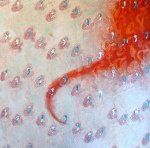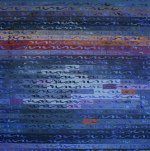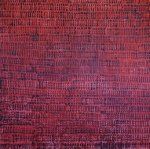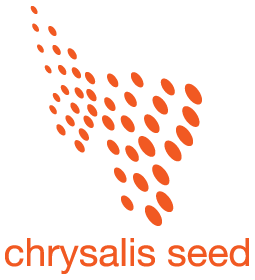

Slide title
Write your caption hereButton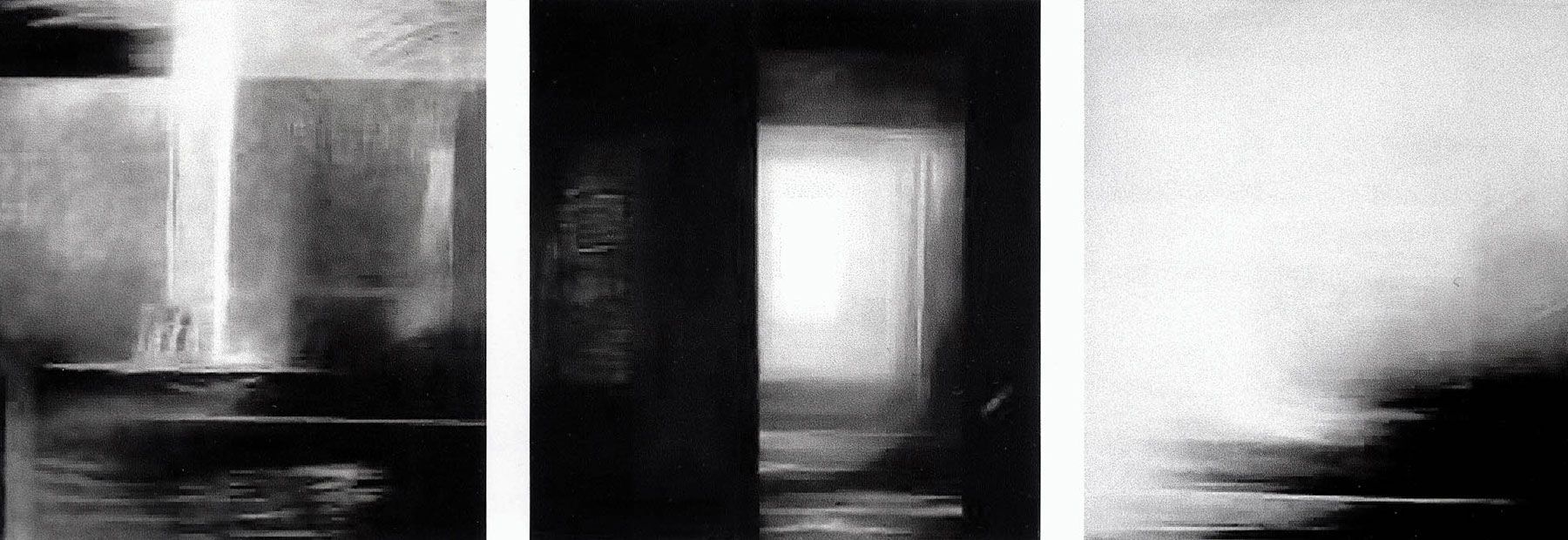
Slide title
Write your caption hereButton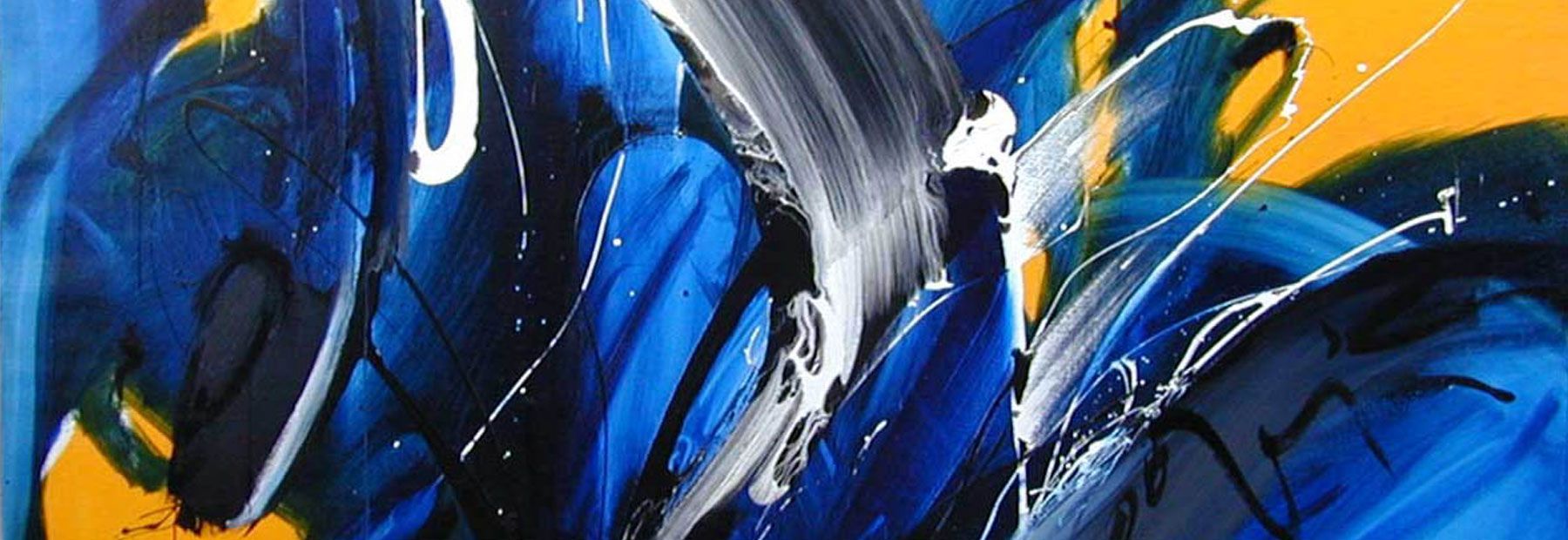
Slide title
Write your caption hereButton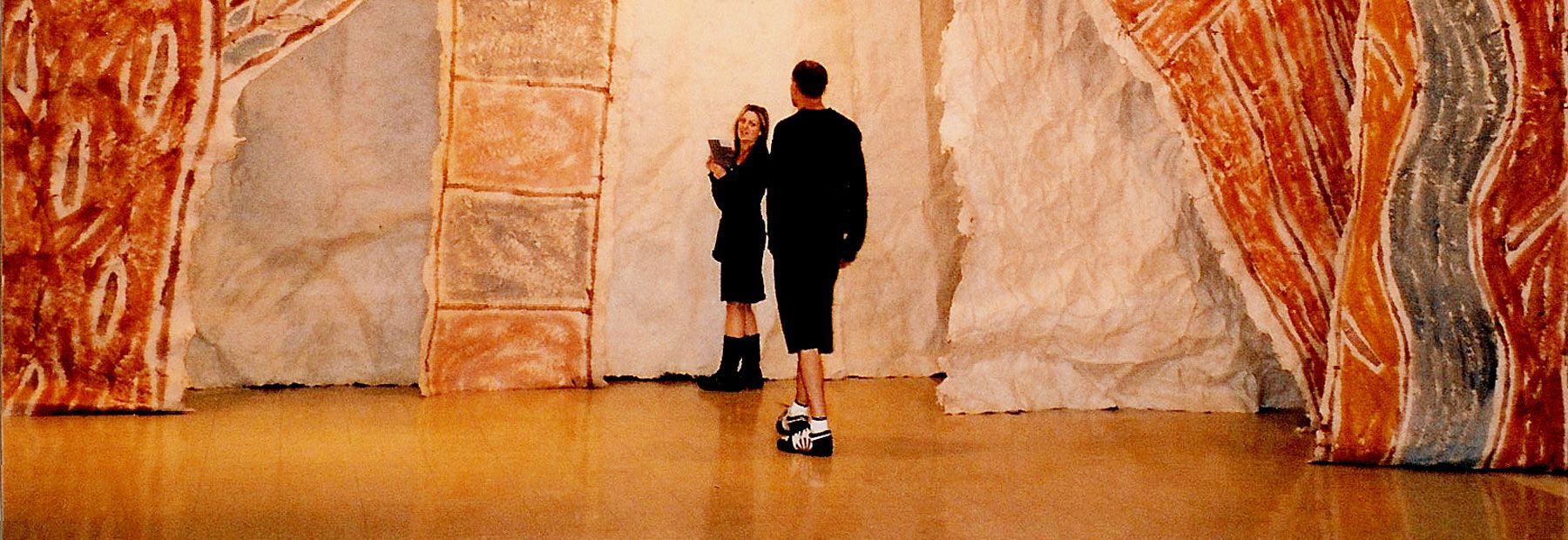
Slide title
Write your caption hereButton
Slide title
Write your caption hereButton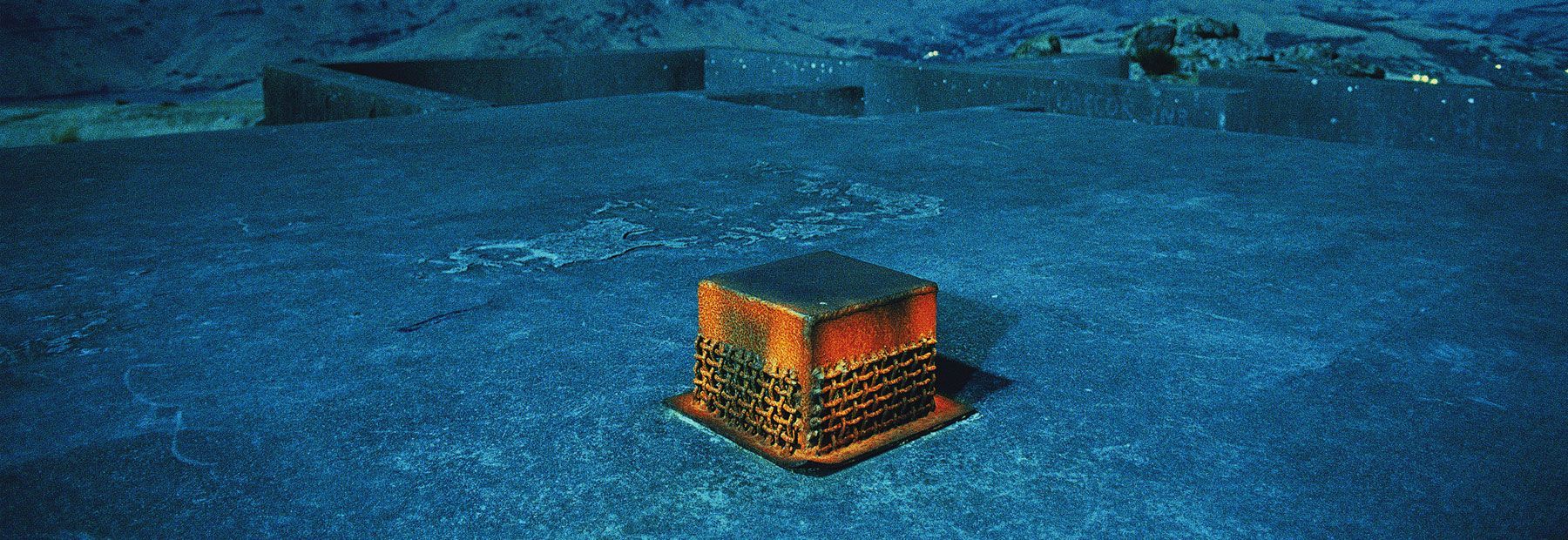
Slide title
Write your caption hereButton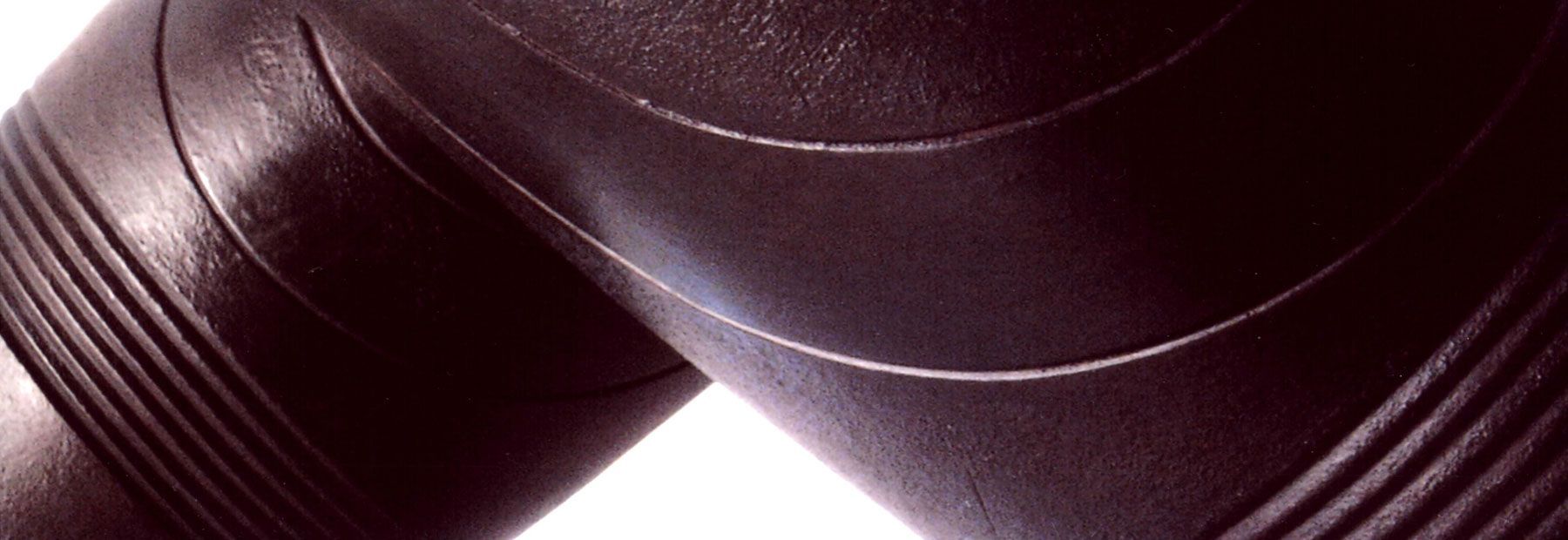
Slide title
Write your caption hereButton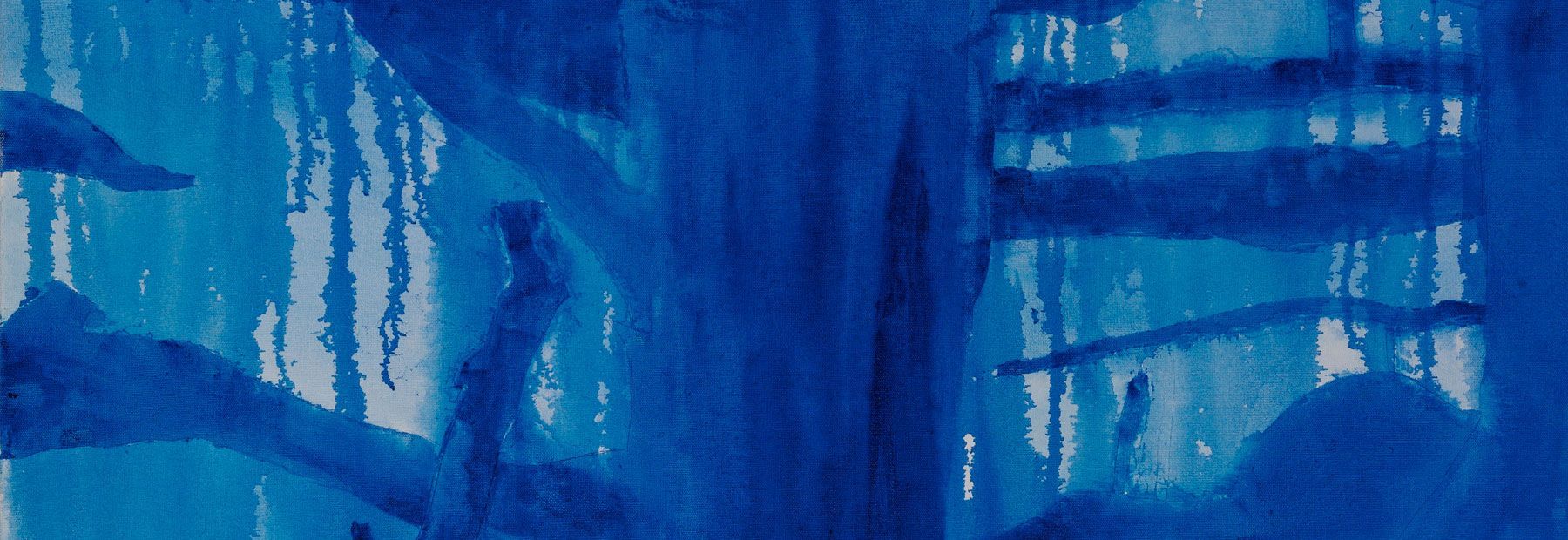
Slide title
Write your caption hereButton
Topography of Genesis
A review of Sudhir Kumar Duppati's recent works.
Gallery on Blueskin, Waitati
20 March - 5 April
Although the large well-crafted works are split between two spaces, this is not detrimental to the way they are read. In some ways, this is another facet of the show. The artist is exploring a number of threads within his painting, and we are continually presented with ideas of duality.
‘“Duppati says his work reflects his experiences in the Indian army, which taught him to seek social and political order"
"My paintings also engage in a religious and scientific reasoning about the process of evolution"
He achieves this through layers of paint overlaid with repetitive pattern and design. The canvases numbered from 11-17 present, as a science experiment, a Petri dish of paint.
Vibrant hues of magenta, orange and turquoise assert themselves through topographical layers of opaque, block-pressed pattern. The beauty of the traditional hand-held block is that it allows for the evidence of humanness and even though the work is technically well-executed no one repeated print is exactly the same. This process creates small windows, providing a glimpse into the unseen.
The dual nature inherent in this work means that both technically and conceptually, it requires the viewer to come at it continually from different positions. This can be challenging. Beginnings are addressed. In number 13, the pattern marches from light to dark across and down the canvas, creating symmetry and exerting control over the seemingly chaotic beneath. Within other frames tonal value is used to provide contrast and to illuminate.
This is a vast and complex subject suspended in an infinite loop, and I find myself unable to grasp it in its entirety; but I wonder if I am supposed to. I find that when I concentrate on just the work, the intent becomes clearer. The information provided by the artist muddles the focus for me; I do not want to be told so much. The work is strong enough to speak for itself.
At the end I am left with the simultaneous experiences of frustration and curiosity. The story is not finished and, as the title suggests, this is only the beginning. I want to know more: ‘Does the Artist reach resolution or stay in permanent discussion?’
Reviewed and written by Kathryn Taiaroa.
